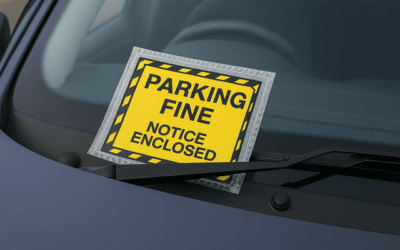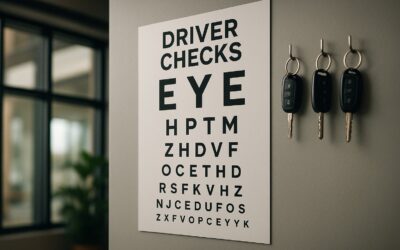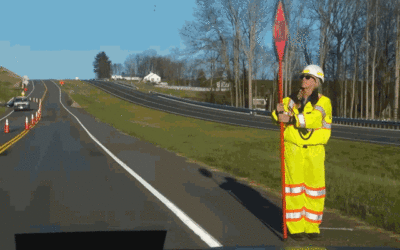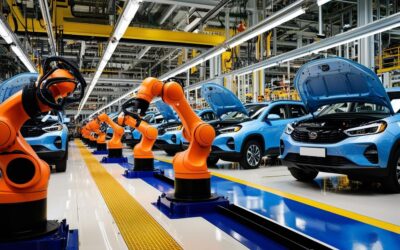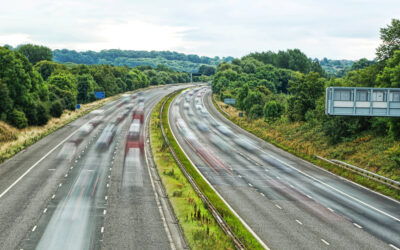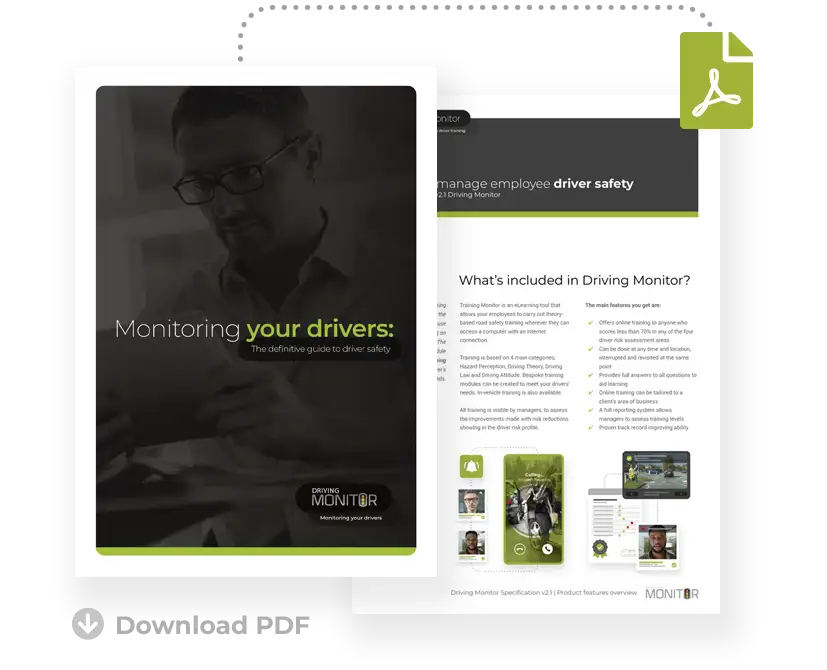Clean Air Zones And Emissions Targets – Do They Make A Difference?
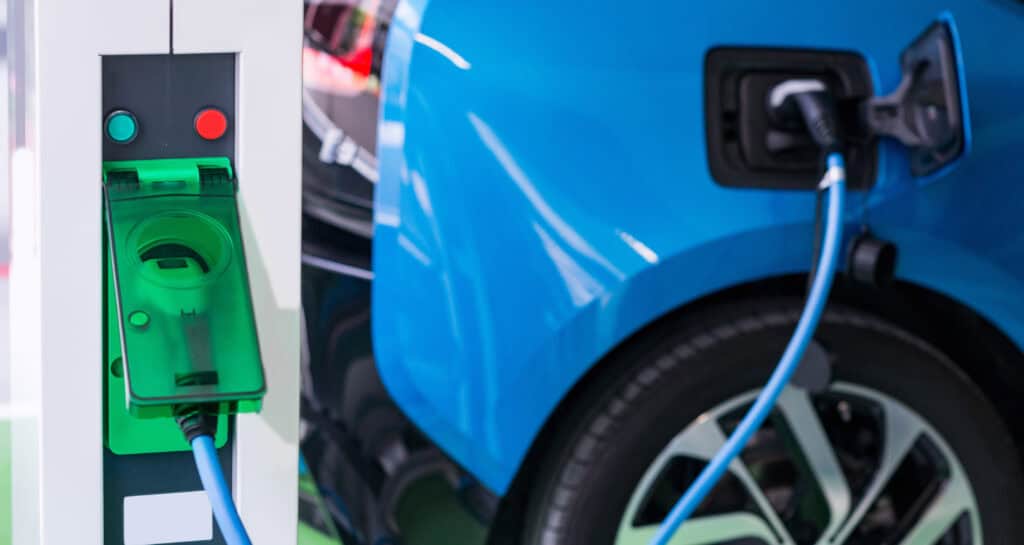
The challenges for fleets feel like they’ve increased in recent years.
Not only do you need to worry about driver behaviour, driver safety, and vehicle health, there’s also emissions targets, clean air zones, fleet electrification, and the possibility of automated vehicles in the future.
So, the question is – do Clean Air Zones (CAZs), emissions targets, and electric vehicles make a difference?
What Are Clean Air Zones?
Local councils around the UK are introducing CAZs, with London, Birmingham and Bath already operating their respective zones.
Other cities such as Bristol, Leicester, Bradford, Sheffield, Newcastle, and Manchester are also creating clean air zones.
Each clean air zone involves thousands of signs and hundreds of ANPR cameras being installed to monitor drivers and automatically issue fines and charges where relevant.
Every city has different parameters for the clean air zones, but research has found that one-third of commercial vehicles are currently NOT compliant with the base level of requirements to drive in CAZs.
London’s CAZ was the first to open in the UK, and the city has since updated the system to the Ultra-Low Emissions Zone (ULEZ). A daily charge now runs 24 hours a day, from midnight to midnight. So, if a vehicle enters the zone at 10pm and exits it at 2am, two daily charges are incurred.
Vehicles that don’t meet the ULEZ emissions standards are charged £12.50 per day, which can be paid in advance or on the day of travel.
The daily charge for non-Euro 6-compliant trucks is £100, with penalty charges beginning at £500. That’s in addition to any Congestion Charge or Low Emission Zone (LEZ) charges that may apply.
The Environmental Impact Of Fleets
The UK’s fleet industry is one of the most valuable and important parts of the country’s private sector.
Everything from supermarket supplies to medicine, healthcare, education supplies and electronic goods relies on the network created by fleet vehicles.
And that’s without mentioning the construction industry, energy and emergency services.
The UK is committed to meeting net zero and emissions targets, which means that businesses have to play their part. Local authorities are also under pressure to meet clean air targets to help improve the health of residents and make our towns and cities an attractive place to live and work.
As a result, CAZs, low emission zones and emissions targets are crucial to ensure that vehicles are compliant, and work is being done to meet those standards.
But add in the debate over the 2030 date for the ban on the production of new petrol, diesel and hybrid vehicles and the situation becomes a little more unclear.
There is currently no formal address of the 2030 plan which means that as things stand, there will be no new internal combustion engine (ICE) vehicles entering the UK market after 2030.
Do you think Clean Air Zones are having a positive impact? And do you think the new petrol, diesel and hybrid ban from 2030 will be a positive thing? Are you having trouble accessing new, low or zero-emissions vehicles? Let us know in the comments below.
